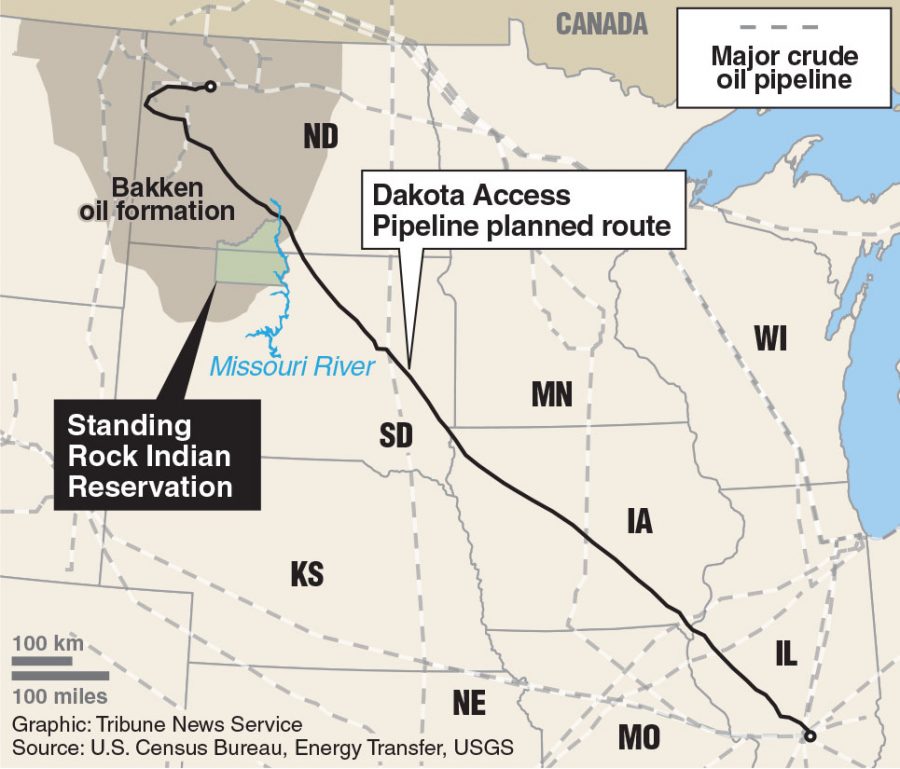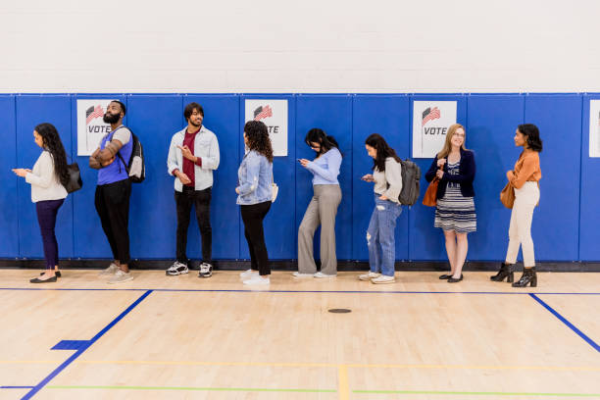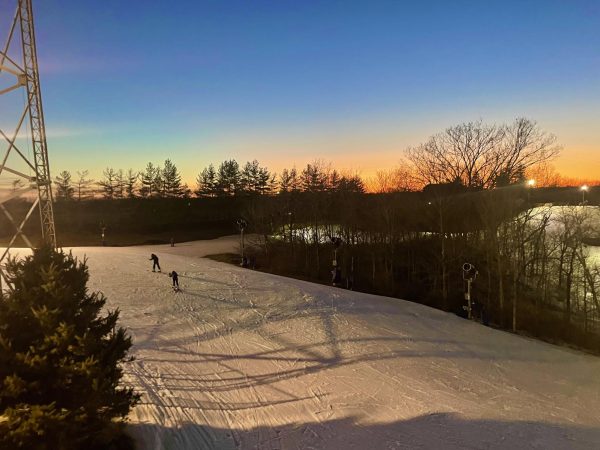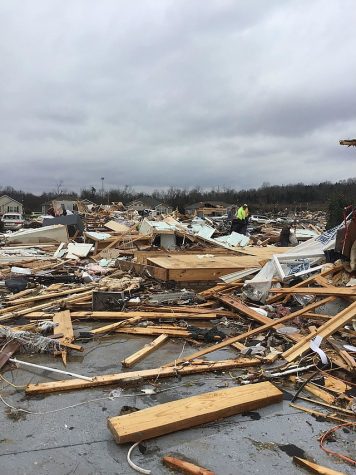Pipeline protesters prepare departure
The planned route for the DAPL goes just north of the Sioux reservation. There are loads of other pipelines in the surrounding states, but none of these pipelines are so close to the reservation. Nine protesters were recently arrested for not leaving the territory.
The Dakota Access Pipeline (DAPL) has been one of the most controversial topics in the United States over the past year. The oil pipeline, to be built in North Dakota, would cut right through a reservation of the Standing Rock Sioux Native American Tribe.
Should the 3.7 billion dollar pipeline be constructed, it would provide a more cost effective and more efficient method of transporting oil. The pipeline would be capable of transporting about 470,000 barrels of oil each day.
However, the pipeline would, according to the tribe and its supporters, contaminate the drinking water on and around the reservation. They also argued that the pipeline would damage sacred burial sites.
“I think that it is horrible that we are just invading their territory and just putting their reservation at risk. Imagine how you would feel if someone decided to build, for example, a massive highway right through your neighborhood. You would oppose it,” said Evan Weisser, 12.
According to the Sioux, the government took this land from them illegally in an 1868 treaty and the government has now begun construction without telling the tribe. Environmentalists also argue that the pipeline would extend production of fossil fuels.
“I get it that the transportation logistically makes sense for the oil companies, but we are putting people’s lives at risk. And it’s not so easy to just find a new reservation for thousands of people to go to,” said Jack Loon, 12.
After protesting for nearly a year on multiple sites, the protest appears to be fizzling out.
Protesters were given a deadline to leave the sight, but a few of them remained defiant and stayed put. Of those who chose to stay, some of them were arrested and others decided to set makeshift wood structures on fire.
“I don’t think I would’ve stayed back if I knew arrest was a consequence, but I support those who did. People like those rebels provide inspiration that shows we should never give up,” said Zack Berger, 11.
Unfortunately for the Sioux tribe and its supporters, President Donald Trump signed an executive order last month that authorizes DAPL to proceed.
















